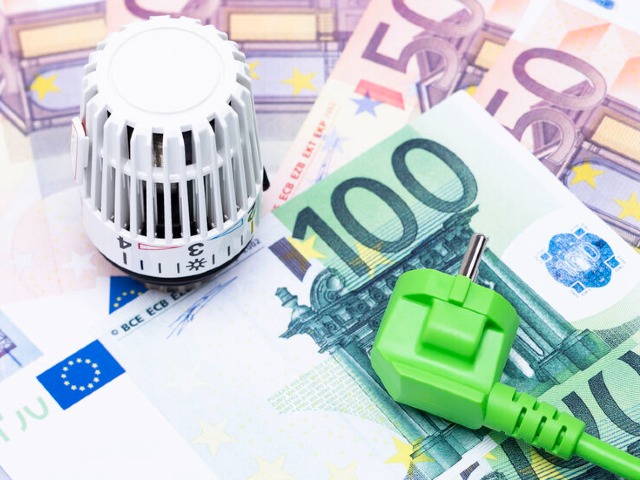The Dutch government’s energy price cap could put upward pressure on prices

Starting in January, consumers in the Netherlands will pay a fixed low price for the energy they consume below a generous threshold. For consumption above that level, they pay market prices. This price cap system is likely to raise energy prices even further, FEB professor Marco Haan and other competition experts from the University of Amsterdam (UvA) and SEO (an institute for economic research) predict. They recently published an early analysis of some of the effects of the price ceiling policy on market competition and energy prices and are currently working on the development of an alternative system.

The most important effects the authors identify are the following. First, a substantial number of consumers will no longer respond to market prices, as their price is fixed at 40 cents per kWh for electricity and 1,45 euro per m3 for gas. This has two effects on demand. First, for all prices above the price cap, the demand is larger than it would be without that ceiling, as low-consumption households no longer lower their consumption as prices increase. Second, demand at those prices is also steeper than the original market demand: the price sensitivity of low-consumption households vanishes, also making the sum of all individual price reactions lower. Both effects reduce the elasticity of market demand, and hence increase prices. But there is also an effect on competition. Energy suppliers will no longer compete for consumers below the threshold.
But the most important effect occurs when energy suppliers get compensated on the basis of the market price: according to current plans that will at least be the case until the 1st of March 2023. The problem of course is that ‘the market price’ is not a given. When setting the price for consumption above the threshold, suppliers will take into account that the subsidy they receive also increases with that price. Hence, suppliers essentially set the subsidy that they receive. Competition between suppliers will dampen this effect somewhat, but it will still put an upward pressure on prices.
Compensation for energy companies
It would already be an improvement if the compensation for energy companies would be based on the additional costs they incur above the price caps, instead of on their lost turnover. This lowers the price-increasing effects of the price cap. But it also implies the risk that energy suppliers no longer have an incentive to lower their costs. Hence, such regulation should be done in a smart manner, for example by benchmarking, i.e. by not only looking at the costs of a particular supplier but also at the costs of its competitors.
Unfortunately, it now seems that this route is also not feasible. ACM, the Dutch antitrust authority and energy regulator, has already stated that such a system would be too complicated to set up in the short run; they would need at least a year to do so. Also, ACM is not able to determine what a reasonable profit margin on those costs would be.
Maintaining competition
As noted, the authors worry that the current price cap mechanism will raise market prices as consumers below the threshold (currently 2900 kWh for electricity and 1200 m3 for gas) no longer have an incentive to switch suppliers, which in turn implies that suppliers have no reason to compete for these consumers. This effect will be less severe if there are fewer such consumers. Hence lower thresholds (lowering the volumes of energy consumption to which the price caps apply) would imply fewer adverse competition effects.
The authors’ main worry is that by setting their market price, suppliers can effectively set the subsidy they receive. That effect will also be smaller if the thresholds are lower. Haan: “In principle, lower thresholds will also imply less protection for consumers. But that effect can be mitigated if we would also lower the price cap simultaneously, and perhaps even supply a certain volume of gas and electricity free of charge. Having lower threshold volumes would foster competition, as the number of households for which suppliers have to compete would then be much higher."
Alternative system
Haan and his co-authors Maarten Pieter Schinkel (UvA), Jan Tuinstra (UvA), Simon van Tartwijk and Bert Tieben (SEO) continue to work on international comparisons and the theoretical modelling of the Dutch price ceiling policy. They are currently working on an alternative system that also yields relative certainty for consumers, is similar to the current price cap mechanism but would not have adverse effects on competition on the energy market. In that system, information on costs would not be necessary, but the risk of excessive profits for energy suppliers would also be minimized.
More information:
The full text (in Dutch) of the energy price cap analysis and the recommendations of the authors can be viewed on the ESB website. An accompanying opinion was published in Het Financieele Dagblad.
Questions? Please contact Marco Haan.

